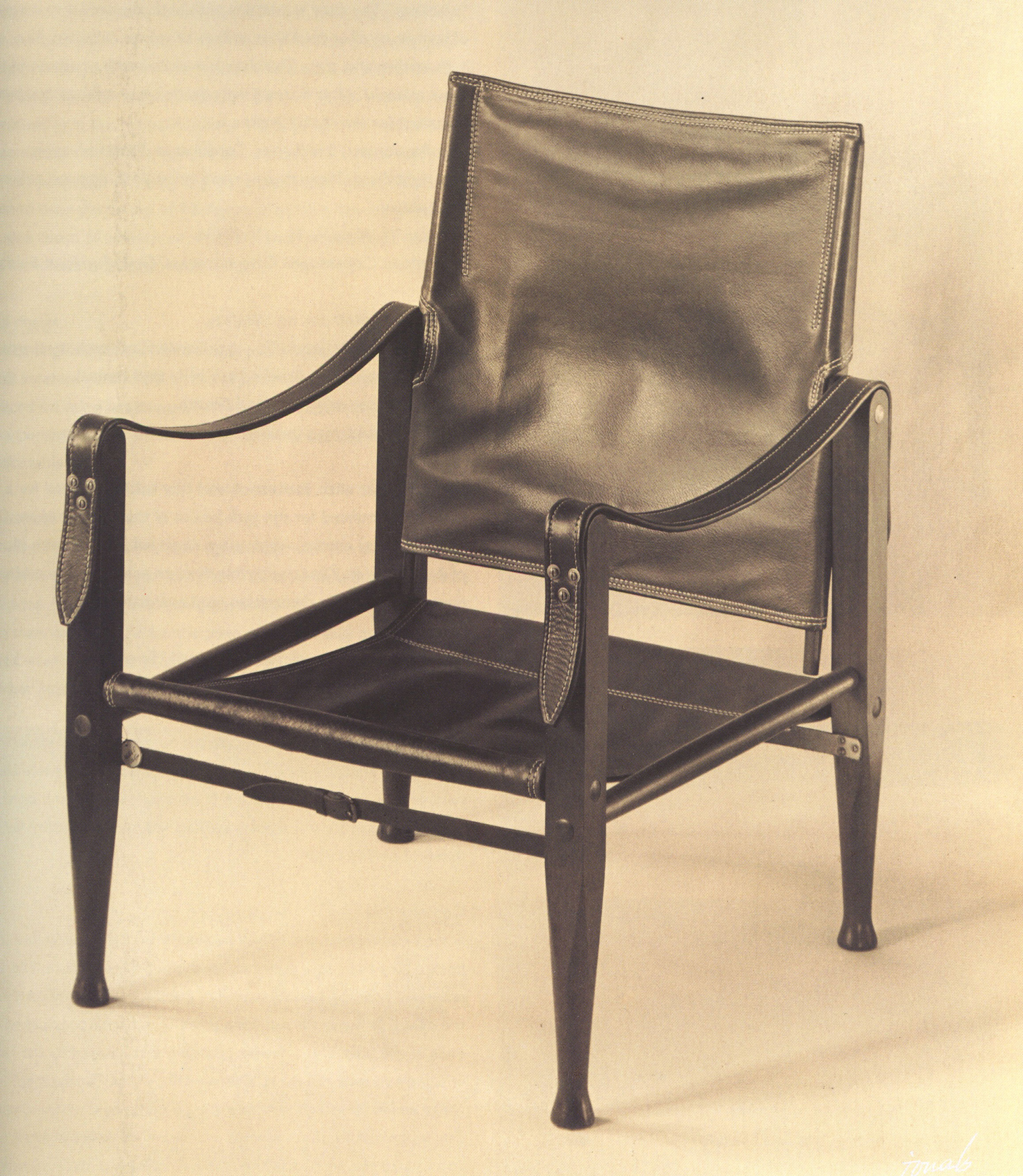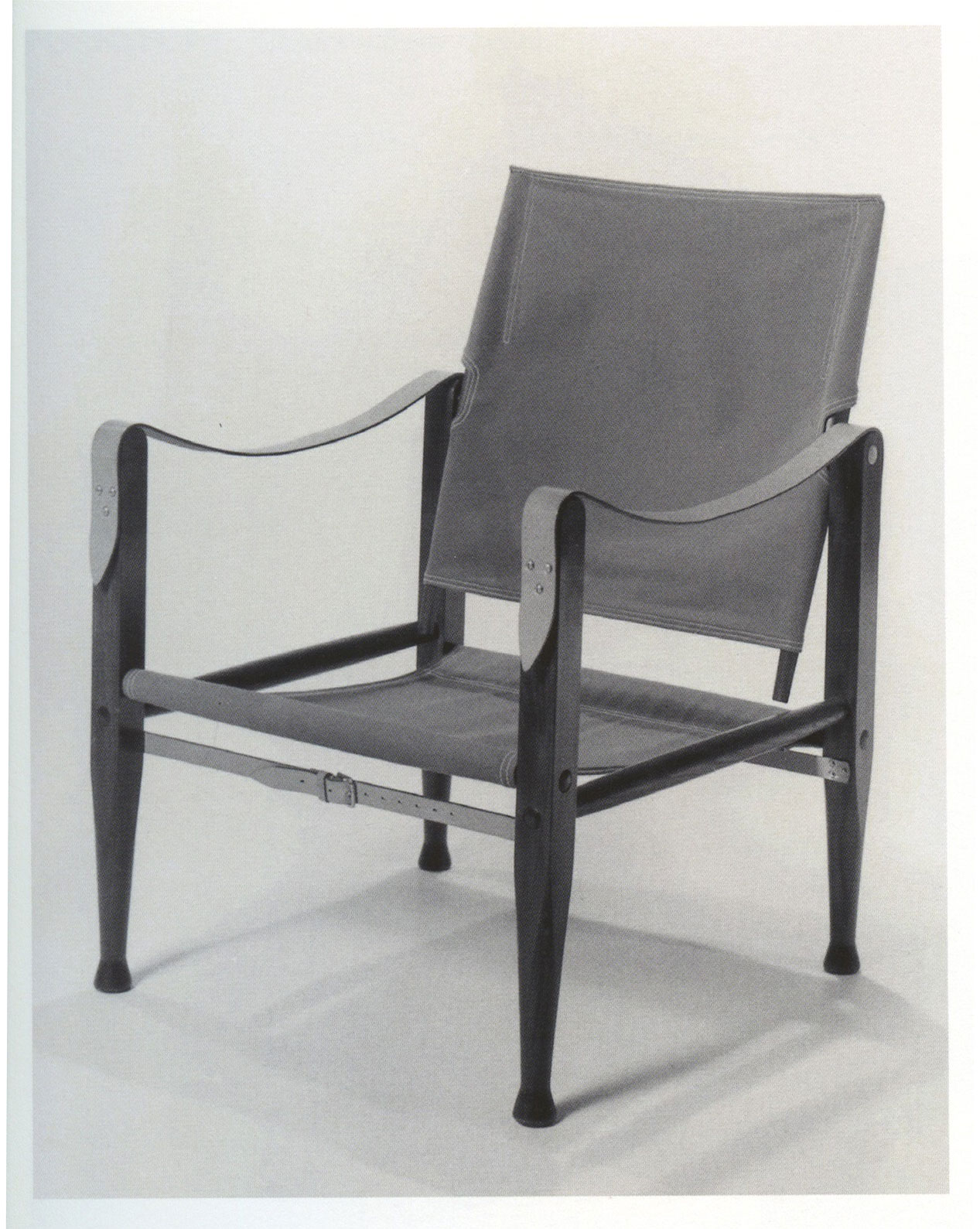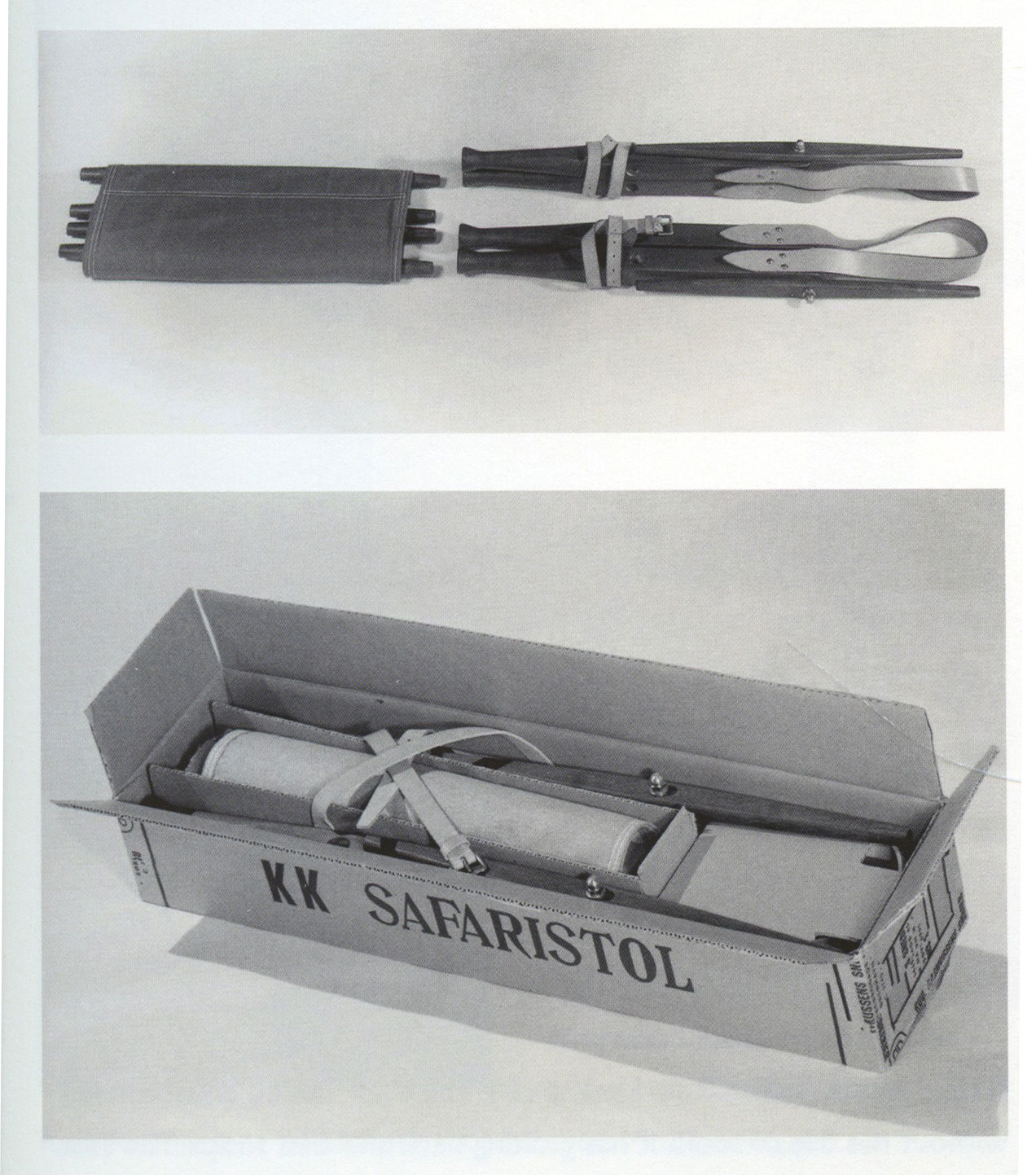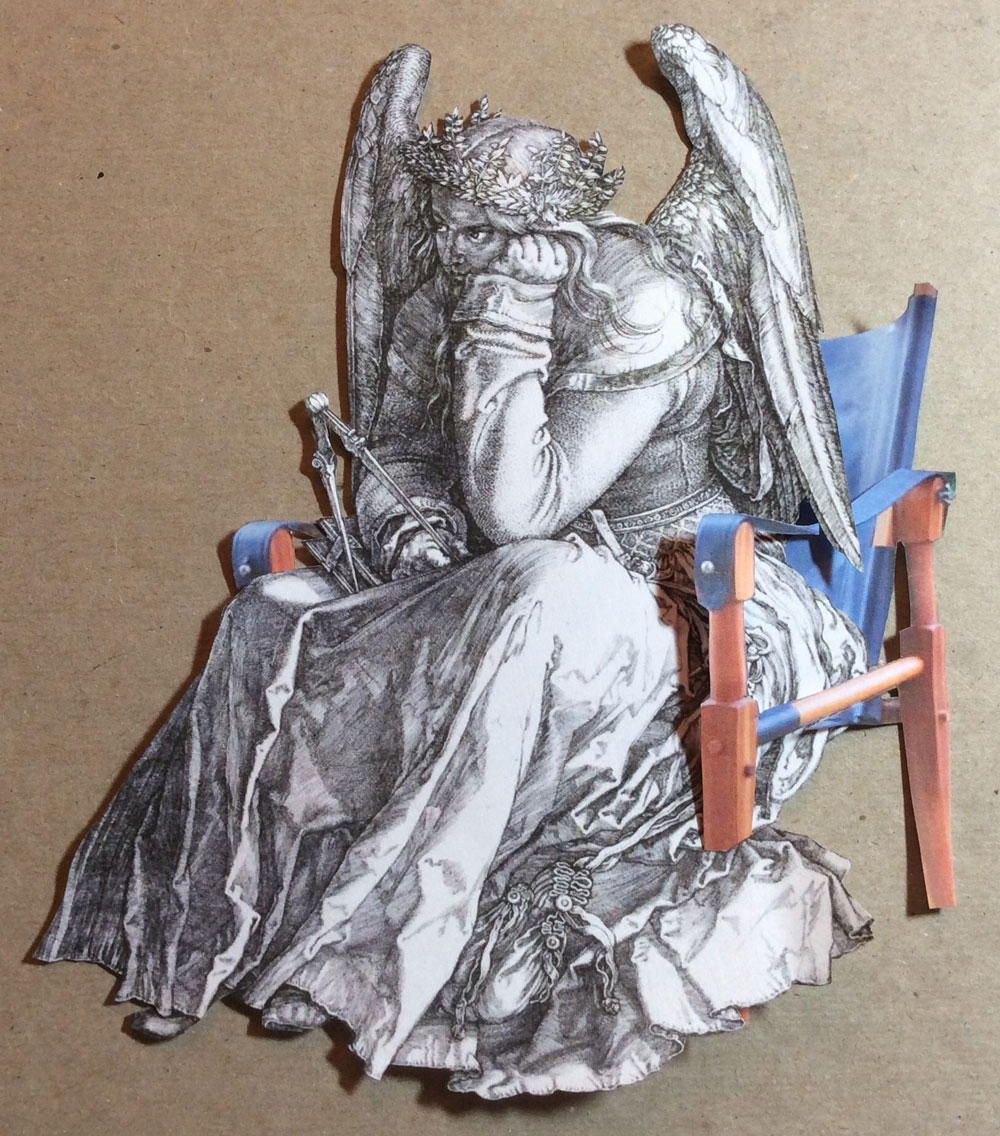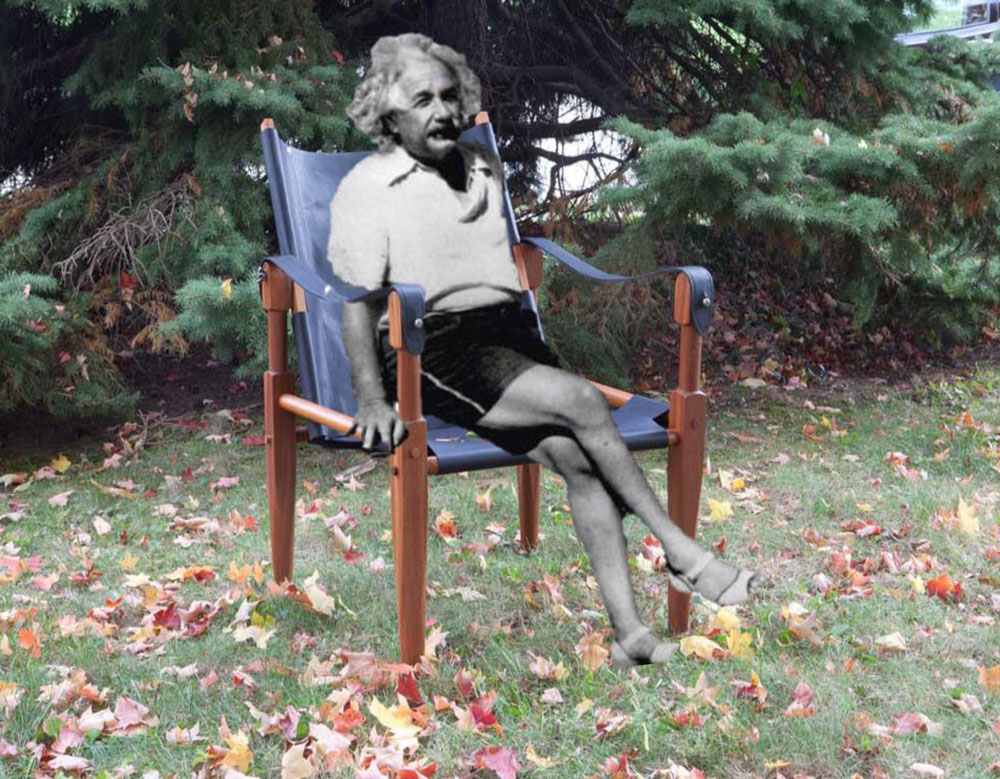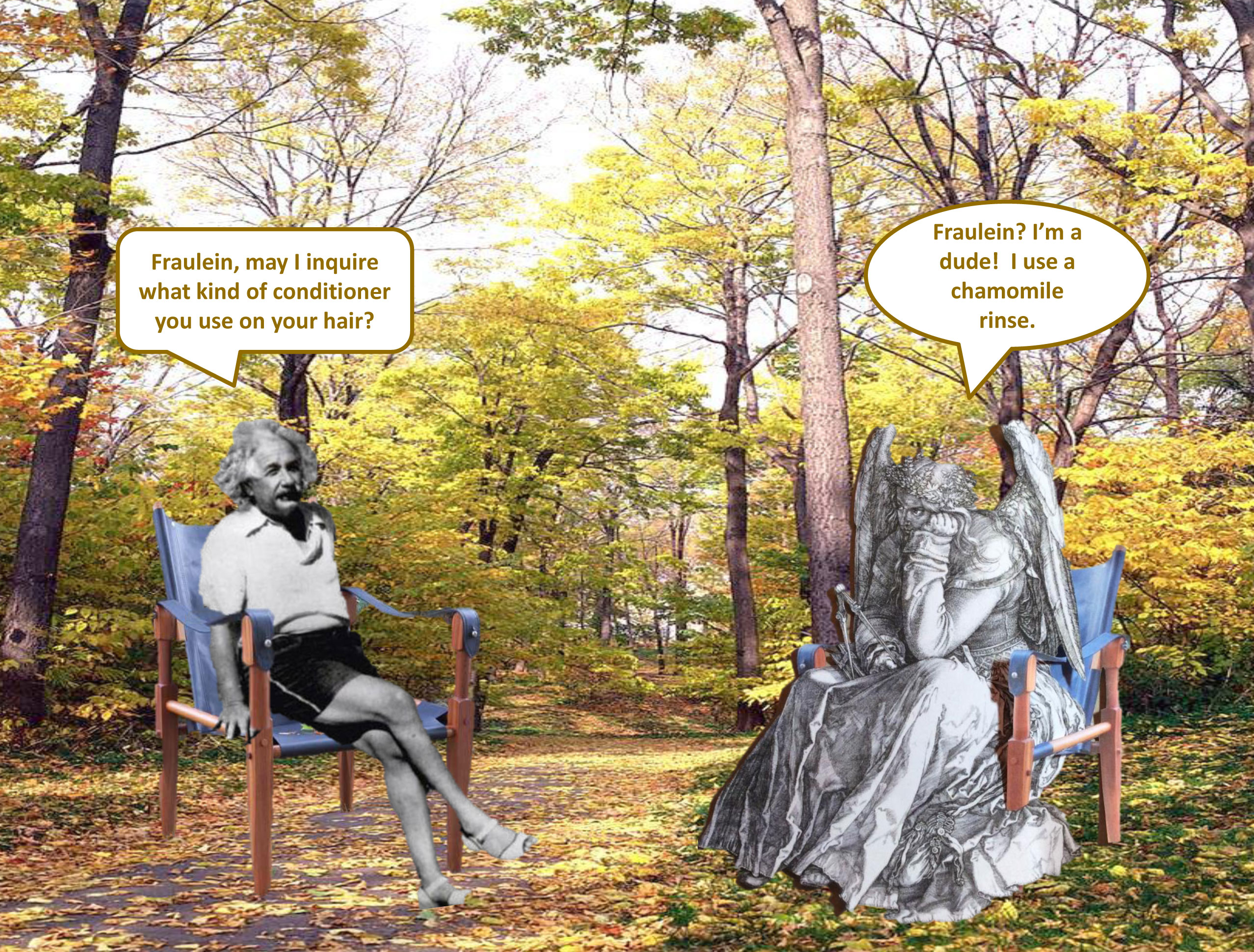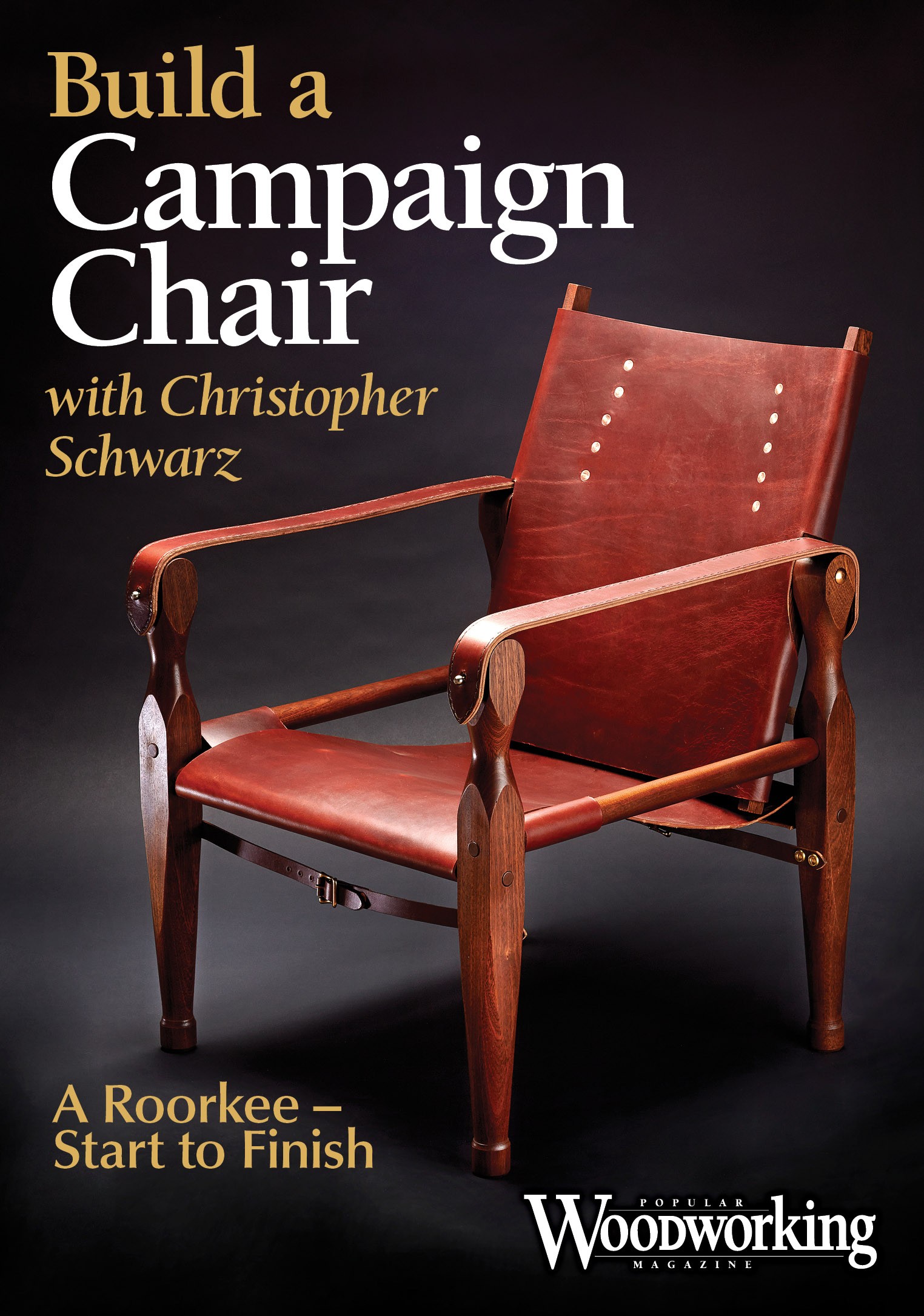I’m interested in how furniture (and tool) designs change. Typically the trajectory is toward entropy or dissolution. But sometimes it goes the other way (see Lie-Nielsen and Veritas handplanes.)
 This week I have been deep into reading the Kaare Klint monograph by Gorm Harkaer. It is a staggering work in both scale and scope. Harkaer covers everything from Klint’s paintings to his sculpture, logo designs and (of course) furniture. It’s the second-most expensive book I own, but I don’t regret a penny.
This week I have been deep into reading the Kaare Klint monograph by Gorm Harkaer. It is a staggering work in both scale and scope. Harkaer covers everything from Klint’s paintings to his sculpture, logo designs and (of course) furniture. It’s the second-most expensive book I own, but I don’t regret a penny.
Today I was examining some of the photos of Klint’s Safari chair, which was born from the Roorkee chair of the campaign-furniture era. The above photo is one of the earliest chairs from 1933.
The legs are teak. And note the folded over and stitched leather arms. Oh and I couldn’t resist noting that the screws are clocked.
Later chairs were mahogany or “smoked” ash, according to Harkaer. “Smoking” involves coloring the ash with ammonia steam.
The chair below is a 1953 version in smoked ash with a canvas seat. Note we now have the familiar non-stitched arms. I much prefer the stitched arms. They sag a lot less over time.
Other interesting details from the monograph:
- The seat coverings were available in leather, undyed linen drill or canvas in brown blue or olive.
- After Klint’s death, his son designed a footstool to go with the chair.
- More than 150,000 official Safari chairs have been made since 1933.
— Christopher Schwarz

